Cooking vegetables should be simple, but even the most well-intentioned home cooks can fall into sneaky traps that turn fresh produce into bland, soggy disappointments. Whether you’re trying to crisp up some roasted broccoli or sauté vibrant green beans, a few missteps can ruin texture, flavor, and nutrients. The good news? These mistakes are easy to fix once you know what to look for. From overcrowding the pan to skipping seasoning, we’re breaking down the top veggie-cooking blunders to steer clear of. Avoid these common errors, and you’ll be on your way to perfectly cooked vegetables every single time.
1. Overcooking Vegetables
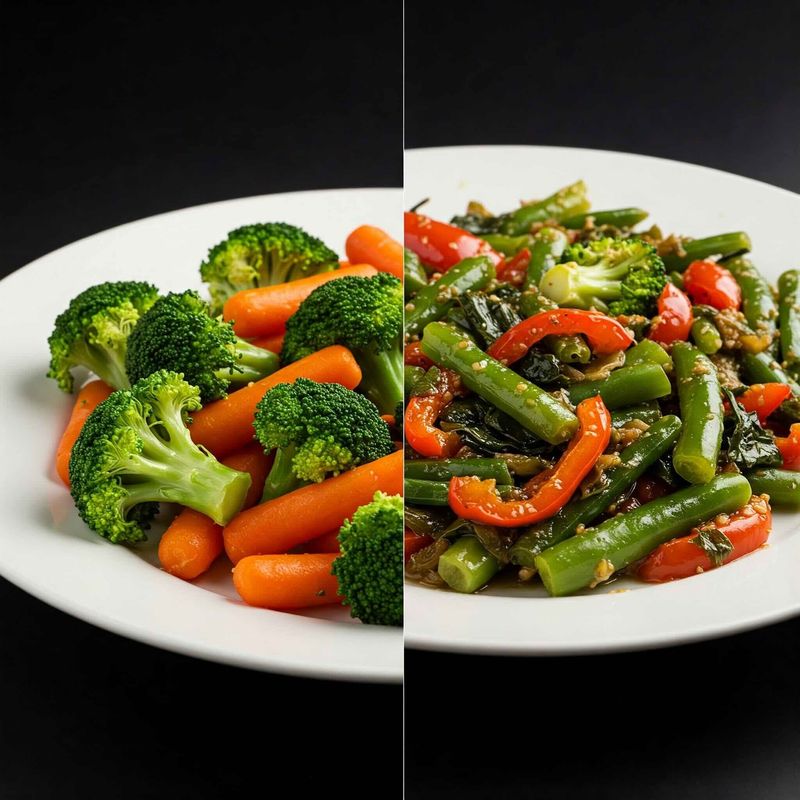
Overcooking vegetables is an easy mistake that can turn vibrant, nutrient-rich produce into mushy, flavorless bites. When veggies are cooked too long, they lose both their appealing texture and many of their essential vitamins. The goal is to cook them just until tender—when they’re brightly colored with a slight crunch. Using a timer is a smart move, especially if you’re new to cooking or multitasking in the kitchen. Keep in mind that vegetables continue to cook slightly after being removed from heat, so it’s best to pull them off just before they’re fully done. This ensures maximum flavor and nutrition.
2. Boiling Instead of Steaming
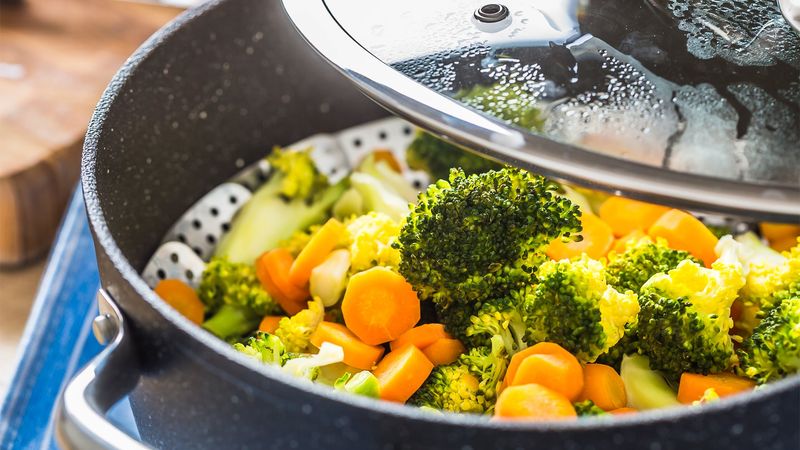
Boiling vegetables might seem convenient, but it can strip them of valuable nutrients as vitamins and minerals leach into the cooking water. Steaming is a much better option, preserving more of the good stuff while enhancing natural flavor and texture. With a simple steaming basket, you can cook vegetables just until tender—no soggy results, just bright, vibrant veggies packed with nutrition. Don’t have a steamer? No problem. A heat-safe colander over a pot of boiling water works just as well. This small shift in technique helps you serve healthier, more flavorful meals with every bite. Your veggies—and body—will thank you.
3. Overcrowding the Pan
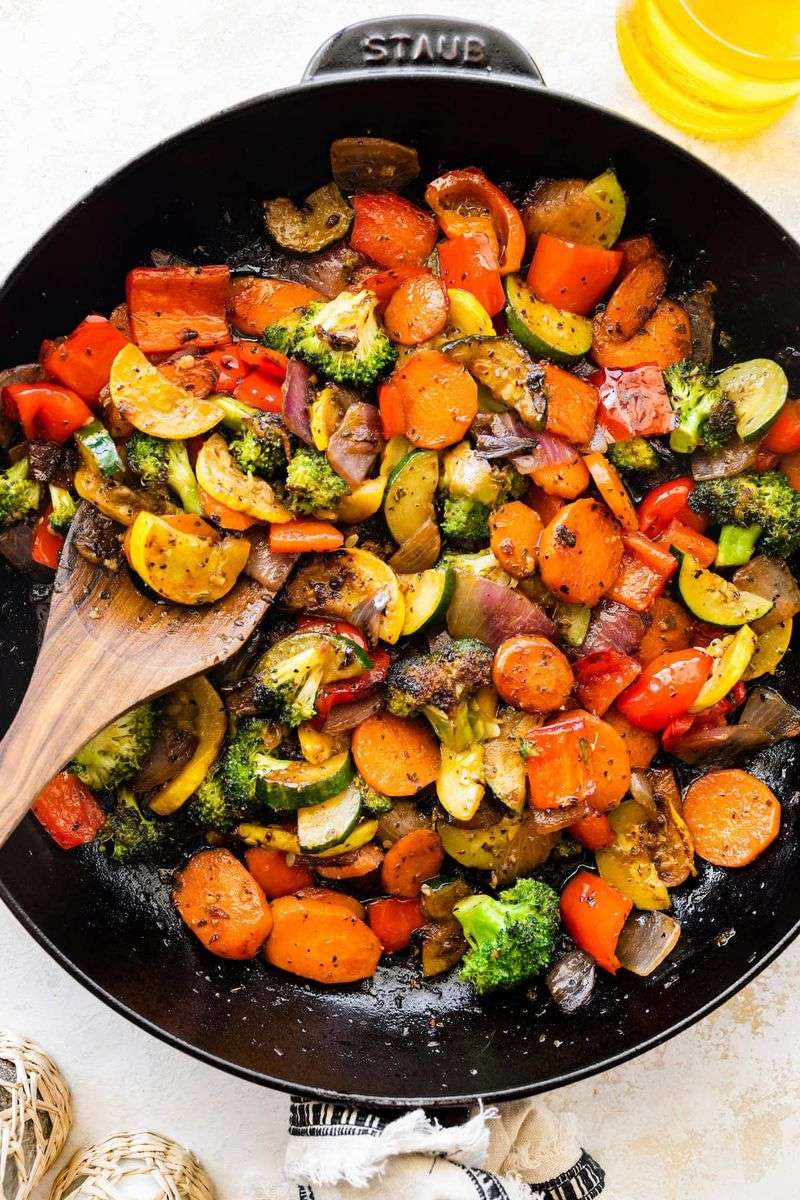
Overcrowding the pan is one of the most common mistakes when roasting vegetables—and it can ruin the texture you’re aiming for. When veggies are piled on top of each other, they steam rather than roast, leading to soft, soggy results with little to no caramelization.
To get that golden, crispy finish, spread your vegetables out in a single layer, giving each piece room to breathe. If you’re cooking a large batch, use two pans instead of one. Rotating the pans halfway through helps with even browning. Proper spacing and heat distribution are key to unlocking rich, roasted flavor in every bite.
4. Skipping Seasoning
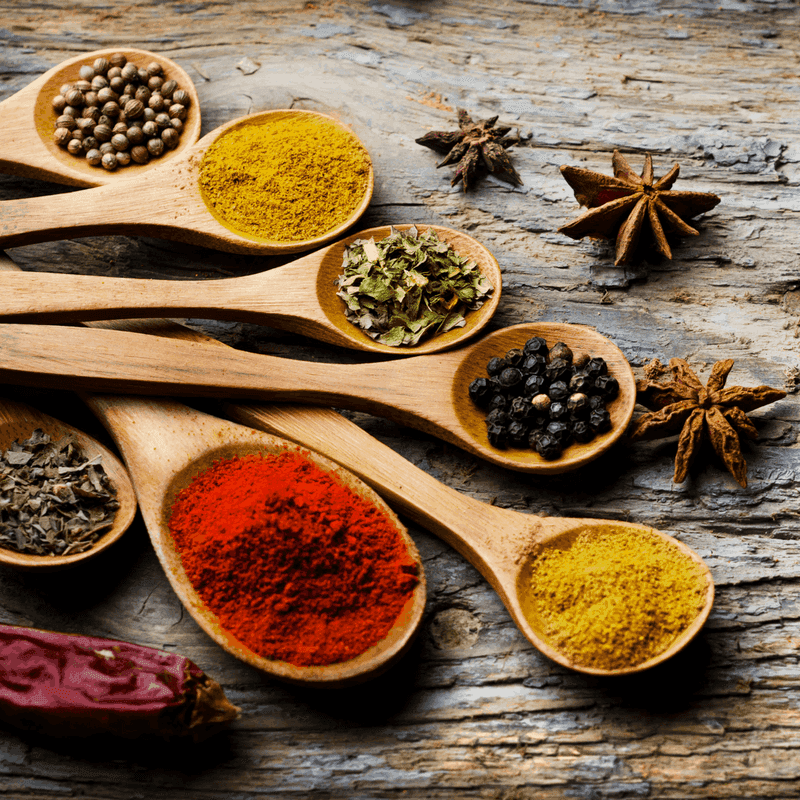
Neglecting to season vegetables is a surefire way to end up with bland, forgettable dishes. Seasoning both before and after cooking enhances natural flavors and adds layers of complexity. A pinch of salt and pepper is a good start, but don’t stop there—experiment with herbs, spices, citrus zest, or even a dash of balsamic vinegar for added brightness. Different combinations can bring out new dimensions in familiar veggies, turning them into the highlight of your meal. Whether roasting, sautéing, or steaming, thoughtful seasoning transforms plain vegetables into something vibrant, flavorful, and downright crave-worthy. Don’t be afraid to get creative!
5. Using Too Much or Too Little Oil
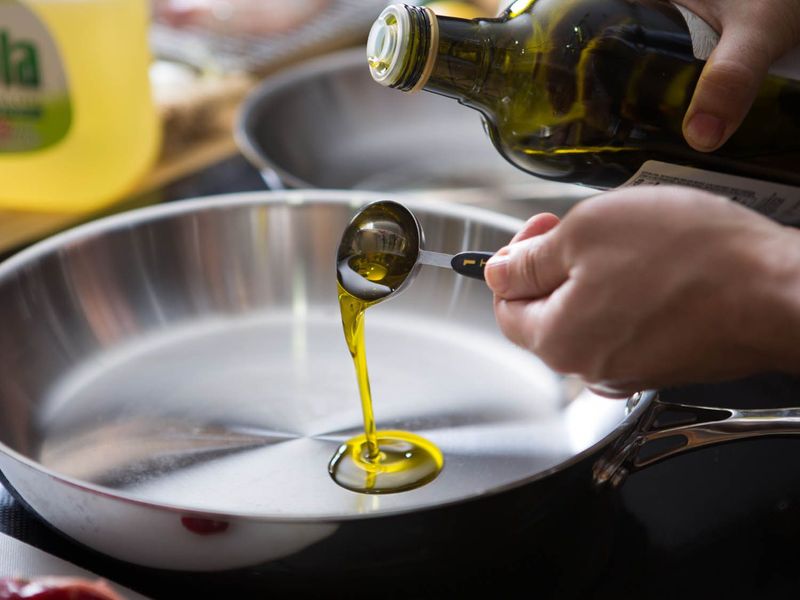
Using the wrong amount of oil can make or break your vegetable dish. Too much oil leaves them greasy and heavy, while too little results in dry, unevenly cooked veggies. The key is a light, even coating—just enough to promote browning and enhance flavor without overwhelming the natural taste.
Oil helps with caramelization, so selecting high-quality options like olive or avocado oil makes a difference. Toss your vegetables thoroughly to ensure every piece is coated. Some veggies absorb more than others, so adjust accordingly. This simple balancing act leads to perfectly roasted vegetables with great texture and delicious depth of flavor.
6. Not Drying Vegetables Properly
Residual water left on vegetables can sabotage your roasting efforts by causing them to steam instead of crisp. The result? Soggy, limp veggies instead of the golden-brown goodness you’re after. After rinsing, take the time to thoroughly dry your vegetables with a clean kitchen towel or paper towels.
For leafy greens, a salad spinner is a quick and efficient tool to remove excess moisture. This often-overlooked step is essential for even roasting and achieving that irresistible caramelized finish. It may feel like an extra chore, but it’s a simple move that dramatically boosts the flavor and texture of your dish.
7. Cooking Different Vegetables Together
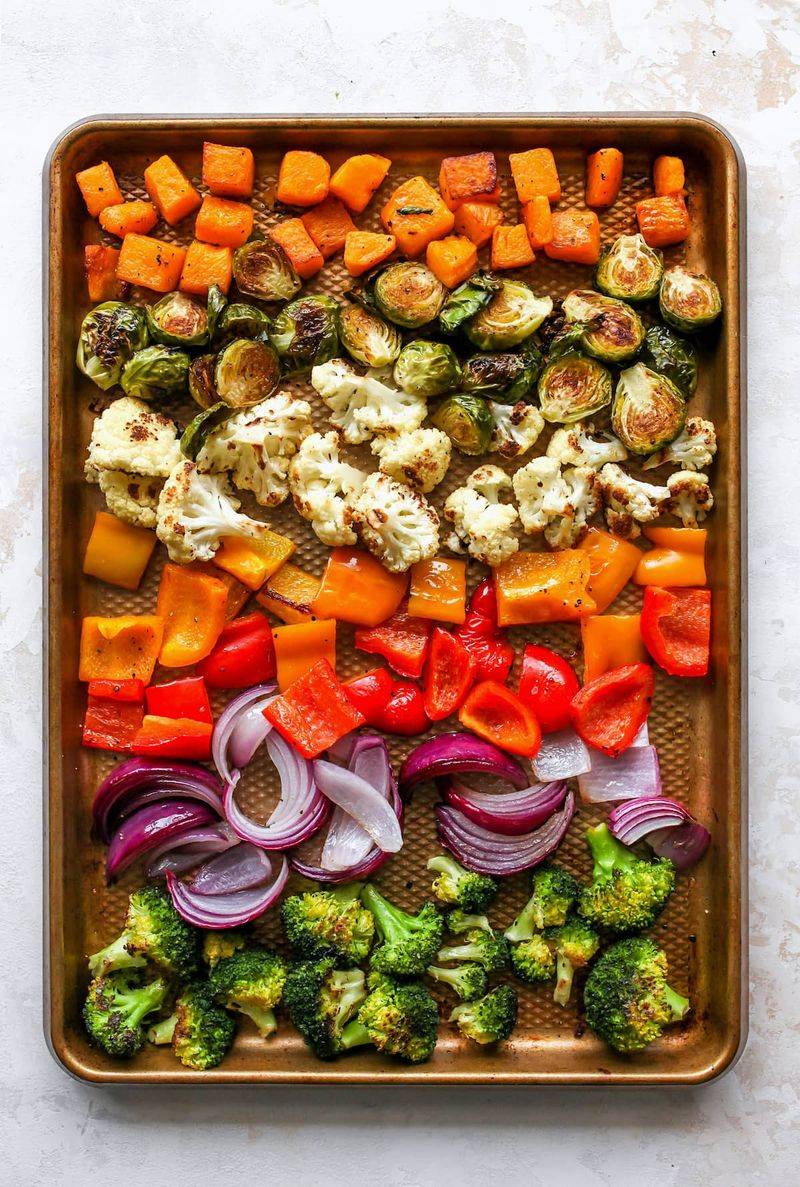
Cooking vegetables with different cooking times all at once often leads to disappointing results—some end up overcooked, while others stay underdone. To avoid this, group vegetables with similar textures and densities, or add them to the pan in stages based on how long they need to cook. For example, hearty root vegetables like carrots or potatoes take longer than delicate greens or zucchini. Taking a few extra moments to plan ensures every ingredient reaches its ideal doneness. The payoff? A well-balanced dish where each vegetable retains its unique flavor, color, and texture—creating a vibrant and delicious plate every time.
8. Neglecting to Preheat the Oven or Pan

Starting with a cold oven or pan is a common mistake that can lead to unevenly cooked vegetables and lackluster flavor. Preheating ensures your veggies hit a hot surface right away, kickstarting caramelization and helping them cook evenly.
That golden-brown exterior and tender interior? It all begins with the right heat. Whether you’re roasting in the oven or sautéing on the stove, always give your cooking surface time to reach the desired temperature. For extra precision, consider using an oven thermometer to make sure you’re spot on. This small step can make a big difference in flavor, texture, and consistency.
9. Peeling All Vegetables
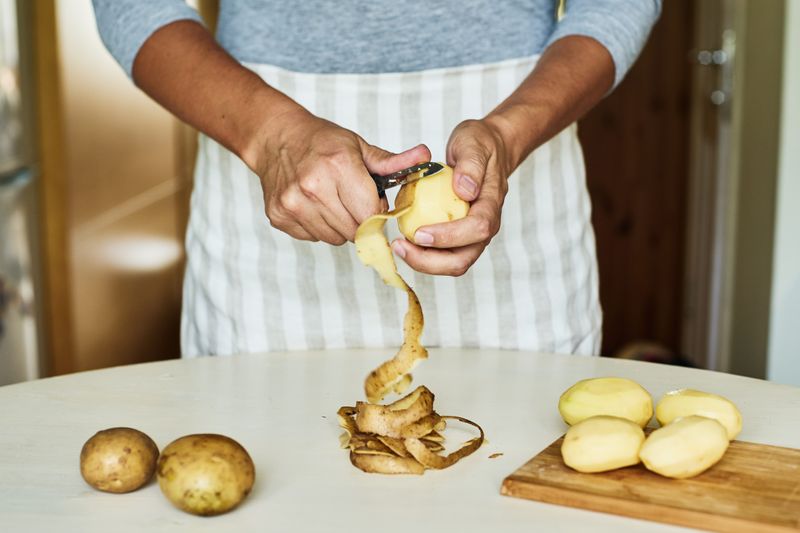
Many vegetable skins are packed with essential nutrients and offer a natural way to boost your meals. When thoroughly washed, skins like those on potatoes, carrots, and cucumbers can be safely left on, delivering added fiber, vitamins, and texture.
Skipping the peeling step also saves time and reduces food waste. Beyond nutrition, skins contribute a pleasant contrast—adding rustic charm and a more satisfying bite to your dishes. Not all veggies benefit from this, but many do, so it’s worth exploring. Embrace the natural goodness of well-washed vegetables with skins intact to make your meals healthier, heartier, and more flavorful.
10. Discarding Cooking Water
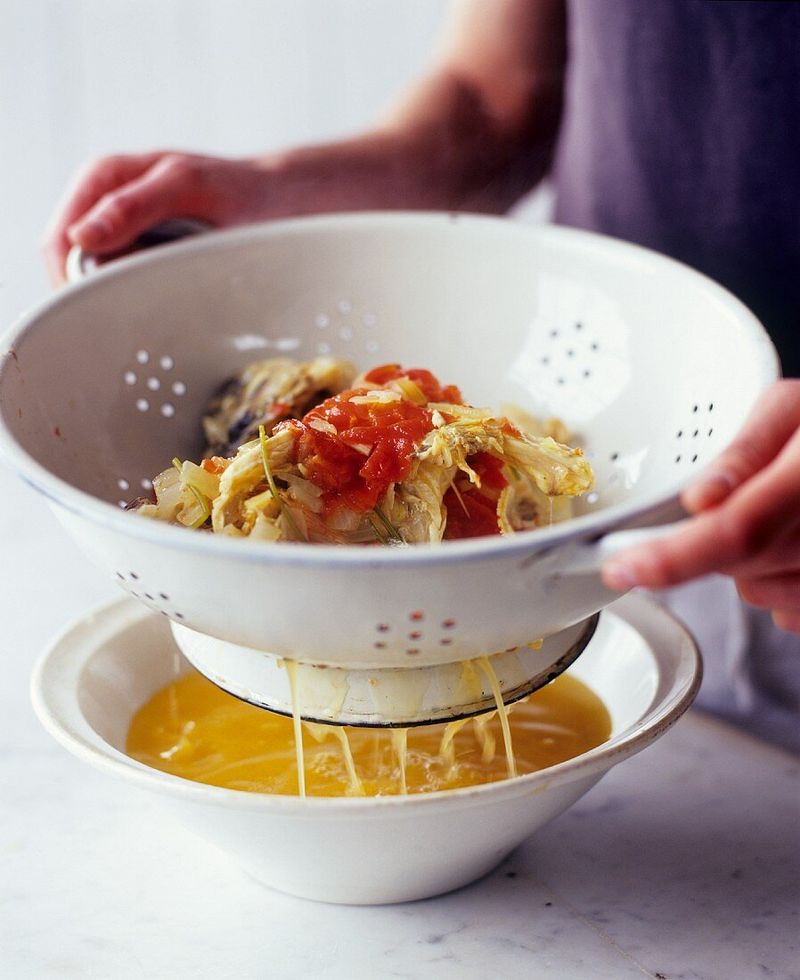
The water left behind after boiling or steaming vegetables is often tossed down the drain—but don’t make that mistake. This nutrient-rich liquid can be a flavorful addition to soups, stews, sauces, or even for cooking grains like rice and quinoa. By reusing it, you’re not only reducing kitchen waste but also capturing extra vitamins and minerals that leach into the water during cooking. Think of it as a free, plant-based broth that adds subtle depth to any dish. So next time you cook vegetables, save that water—it’s a simple trick to make your meals healthier and more delicious.
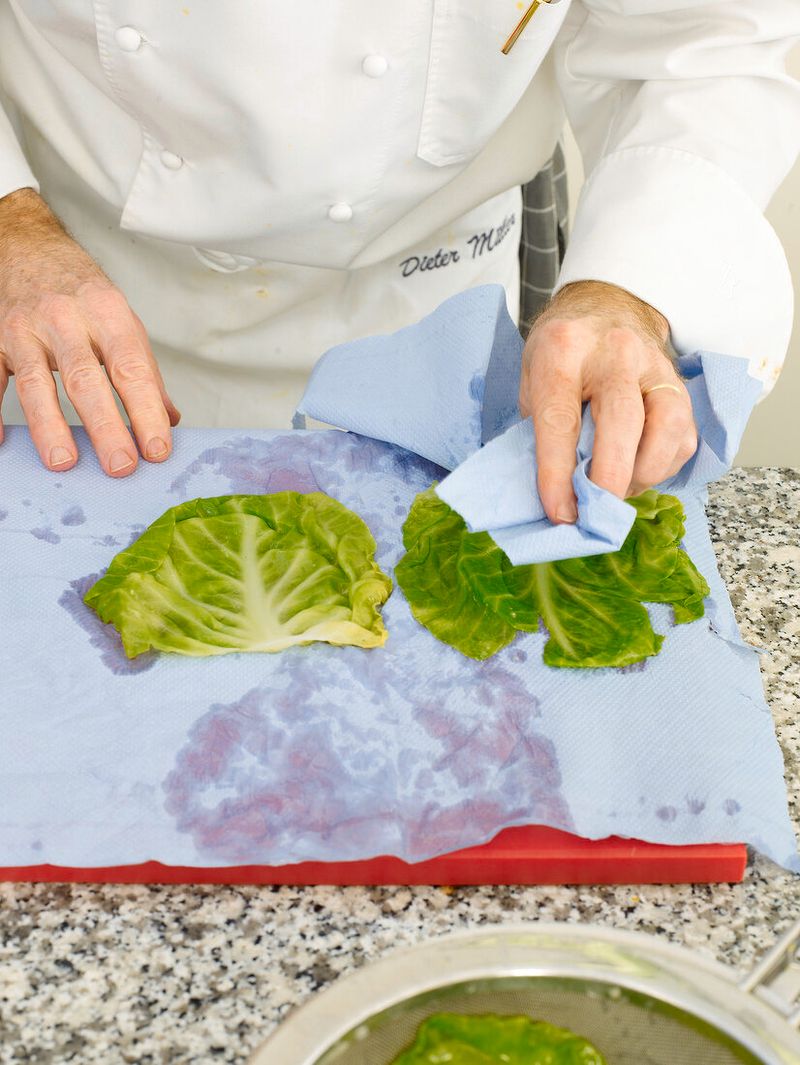
Leave a comment